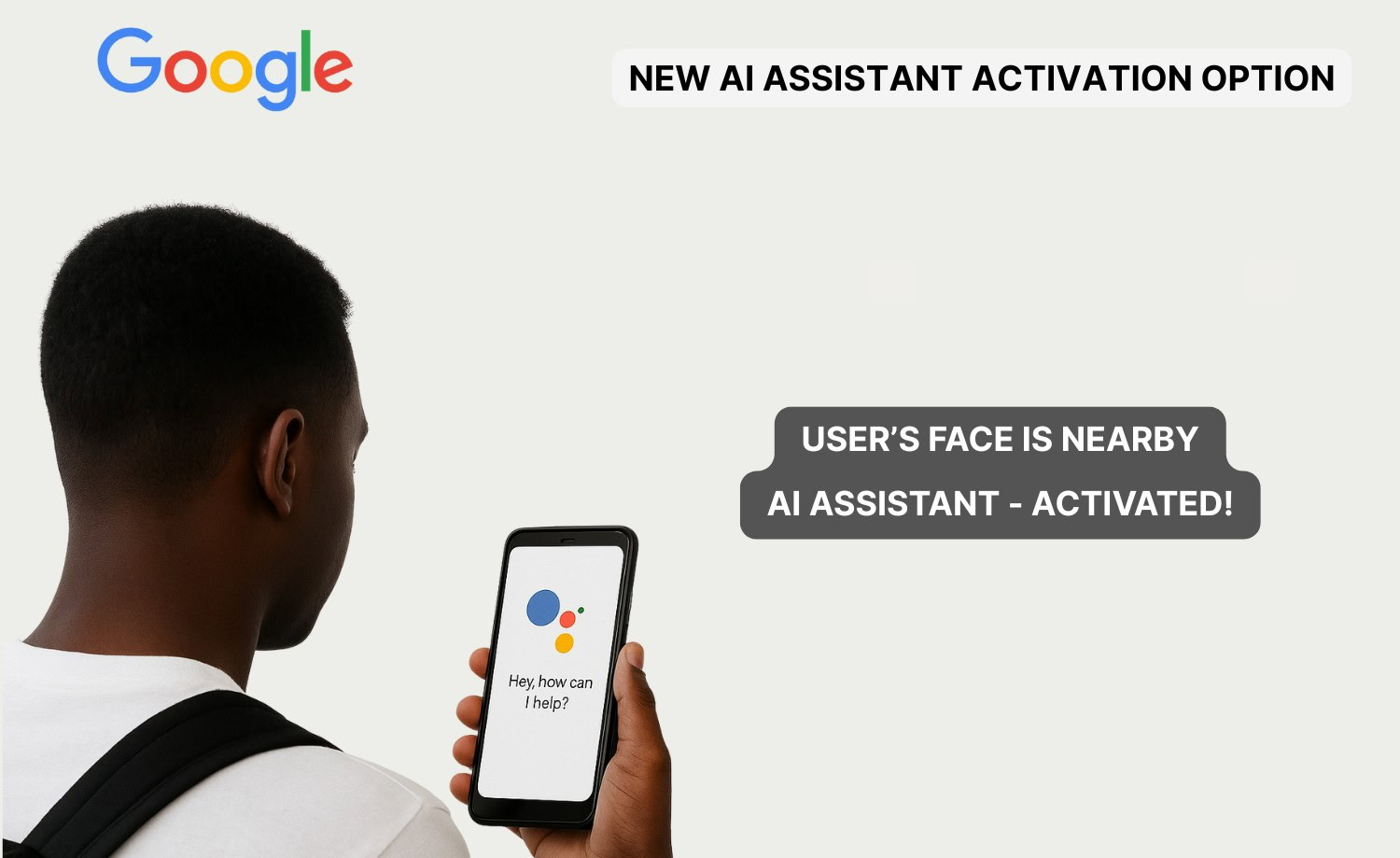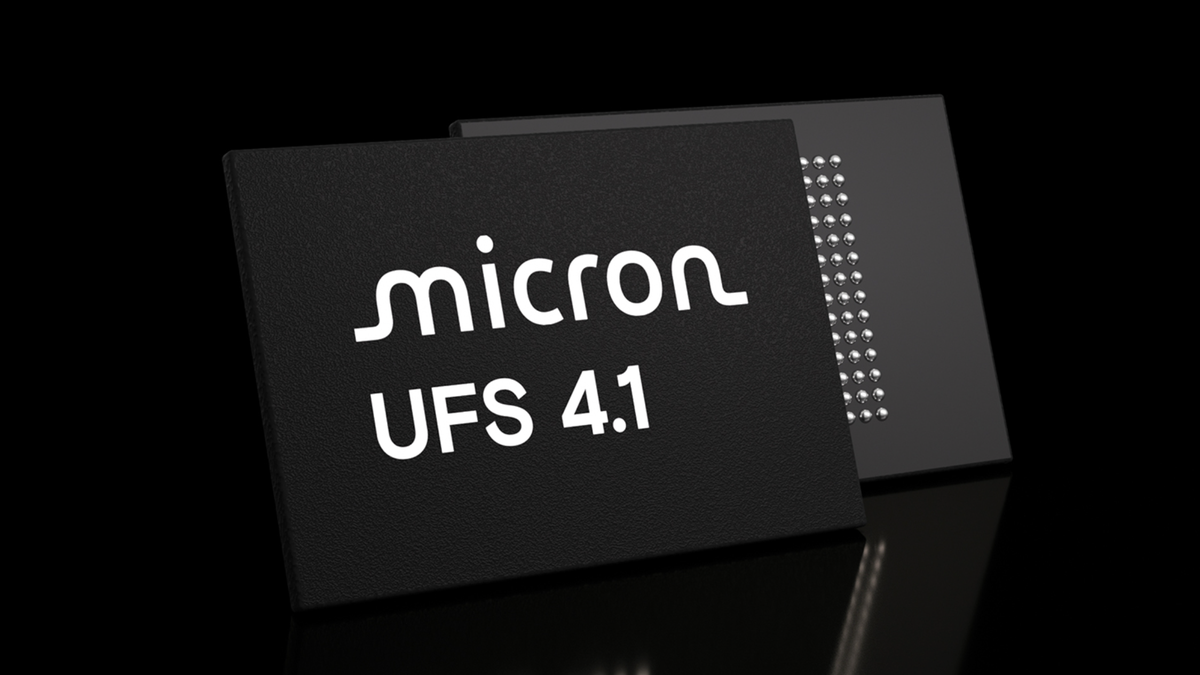
Google is reportedly exploring a new method to activate AI assistants—like Gemini—on phones, potentially eliminating the need for a hotword or button press. A recently discovered patent details a simple, friction-reducing concept. Basically, the phone will automatically launch the assistant when the screen senses it is close to the user’s face.
This patented technology aims to make interactions with the digital assistant more immediate and reliable in everyday situations.
Google’s new patent activates AI assistants—like Gemini—just by lifting your phone
The patent, shared by Neume, shows a new way to invoke your phone‘s AI. Currently, activating a voice assistant requires a user to perform an explicit action. You need to say a trigger phrase—like “Hey Google”—or tap a physical button. This process can be inconvenient and sometimes fails in common scenarios, such as when a user is wearing a face mask, is in a noisy environment, or has limited use of their hands. These failures slow down the interaction or prevent the assistant from launching entirely.
Google’s patented solution seeks to bypass this friction by making the activation process entirely passive and motion-based.
How the face-near signal works
The technology leverages the existing hardware on a smartphone: the capacitive sensor grid used by the touchscreen.
These sensors primarily detect finger touches through changes in the electric field. However, they can also pick up nearby objects without requiring physical contact. When a user lifts the phone screen close to their mouth or face, the sensor grid registers a distinctive, wide pattern change.
The phone’s system is designed to process this specific pattern—analyzing its shape and strength—and recognize it as a “face-near” signal. Once the phone confirms this signal, it triggers the assistant automatically for a short duration. This approach allows the user to begin speaking their command immediately.
The patented system offers several practical benefits. By bypassing the hotword, it ensures faster access to the assistant, even in places where voice recognition might fail. Furthermore, the system uses low-power capacitive sensors. This means the feature will not significantly drain the phone’s battery. As the system learns the user’s habits, the activation is expected to become smarter and more accurate over time.



